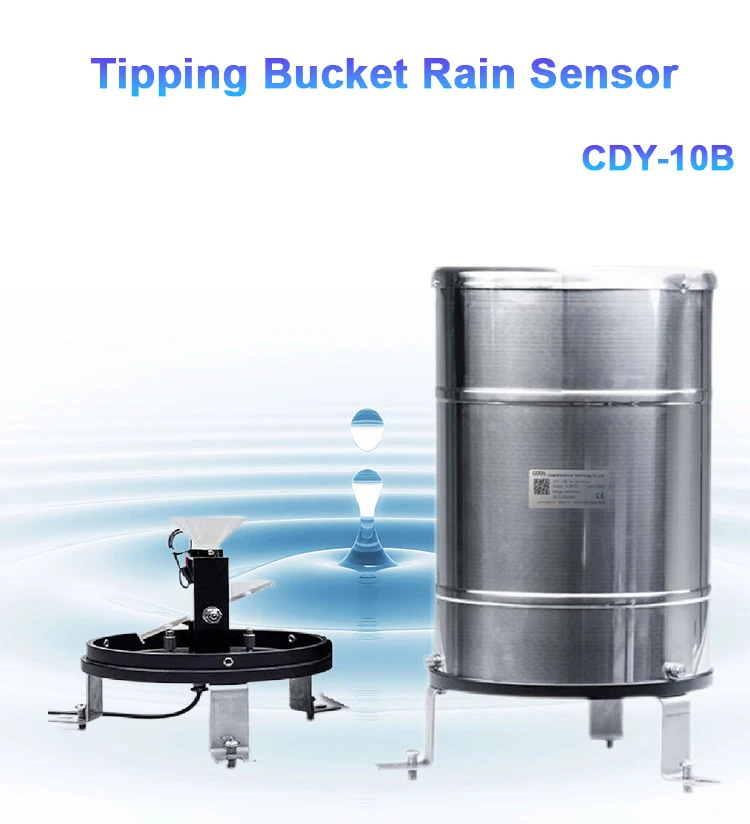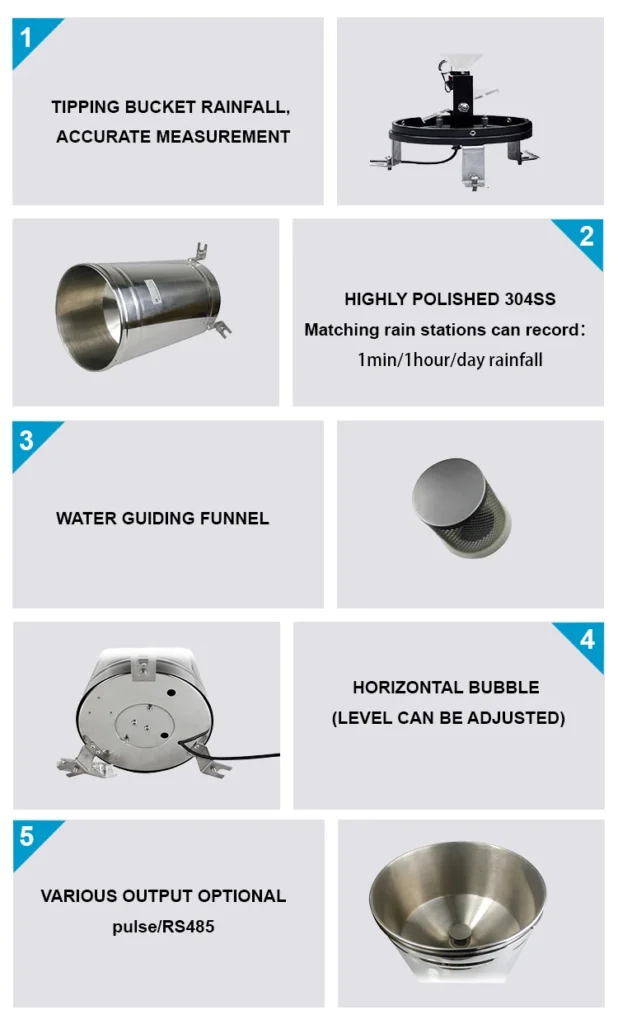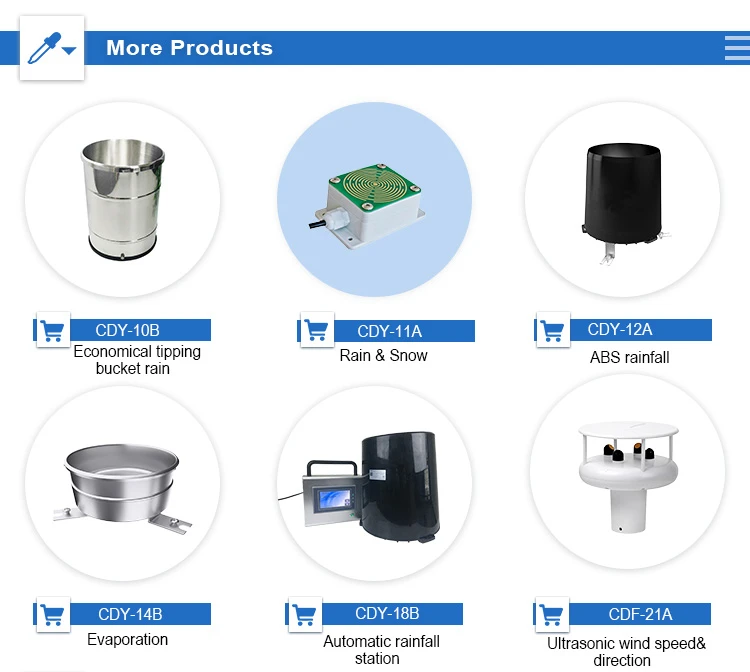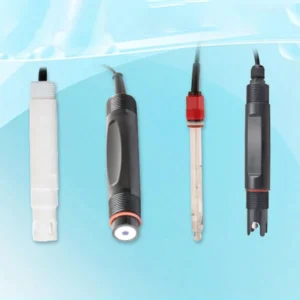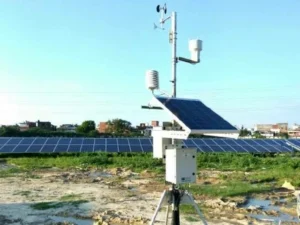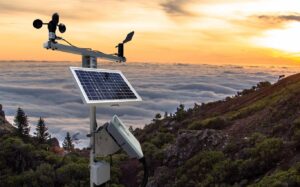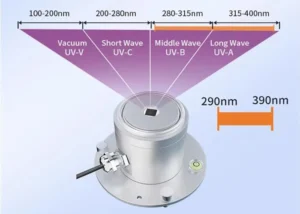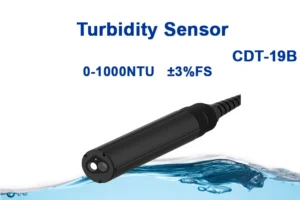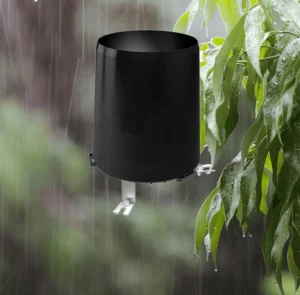The Most Common Problems with Rain Gauges
Rain gauges are important tools. Meteorologists, farmers, and weather fans use them to measure rainfall. However, like any equipment, they can have problems that affect their accuracy and how well they work. Here, we talk about common problems with rain gauges and give practical solutions to fix them.
**Problem: Incorrect Placement**
Wrong placement is a major reason for wrong rain gauge readings. Obstructions such as buildings, trees, or nearby structures can block raindrops. This can affect the measurements.
Setting the gauge too low can lead to splashback or runoff. This could change the data we collect.
**Solution:**
Place the rain gauge in a clear area. Keep it away from buildings, trees, and other things in the way. Place it on a post or stand that is at least 5 feet above the ground. This will help avoid interference from splashes or runoff.
Make sure the rain gauge is level. This will stop tilting or shifting that can change the readings. Regularly look for new obstacles nearby that may appear over time.
**Problem: Debris Build-Up**
Another common problem is the buildup of dirt in the funnel or cylinder. Leaves, dirt, and twigs can block rainwater from flowing into the gauge. This can lower its accuracy and efficiency.
**Solution:**
Check and clean the rain gauge often to remove any build-up. Use a soft brush or cloth to clean the funnel and measuring cylinder well. Be careful not to hurt any fragile parts.
To prevent debris from building up later, look around for sources. Check for trees that hang over and might drop leaves or dirt into the gauge.
**Problem: Evaporation Loss**
In hot and dry climates, evaporation can change how accurate a rain gauge is. It lowers the amount of water collected before measuring. This can make us think it rains less than it really does.
**Solution:**
Pick a rain gauge that cuts down on evaporation. Pick one that can hold more items. You can also put a cover or shield over the gauge.
This will block direct sunlight and lower evaporation. Quickly empty and write down measurements after it rains. This helps keep the data correct before evaporation occurs.
**Problem: Calibration Issues**
Over time, calibration issues can happen. This can lead to rain gauges giving wrong readings. Misalignment or wear can cause a gap between what the gauge shows and the actual rainfall amounts.
**Solution:**
Regularly check your rain gauge with a trusted standard. This could be a measured gauge or a trustworthy weather station. If you find any differences, change the calibration settings to fix the accuracy.
It is important to add regular calibration checks to your maintenance routine. This helps make sure it is reliable for a long time.
**Problem: Mechanical Damage**
Rain gauges can be damaged easily. This can happen due to mishandling, accidental bumps, or bad weather like hailstorms. Damage in the form of cracks, dents, or broken components can compromise their performance significantly.
**Solution:**
Check for damage regularly by looking for cracks or loose parts. Repair or replace damaged parts based on how serious the issue is.
This will keep the gauge working. To prevent damage, secure the rain gauge in a safe spot. Keep it safe during bad weather to help it last longer.
In summary
Rain gauges are important for measuring rainfall. Some common problems can affect how well they work and their accuracy. By identifying these challenges, you can find the right solutions. This will help make the weather data reliable and steady.
Regular maintenance, correct placement, and routine calibration are key practices. They are important for making sure your rain gauge works well. Fixing these problems quickly and well will help your rain gauge last longer and work better.
